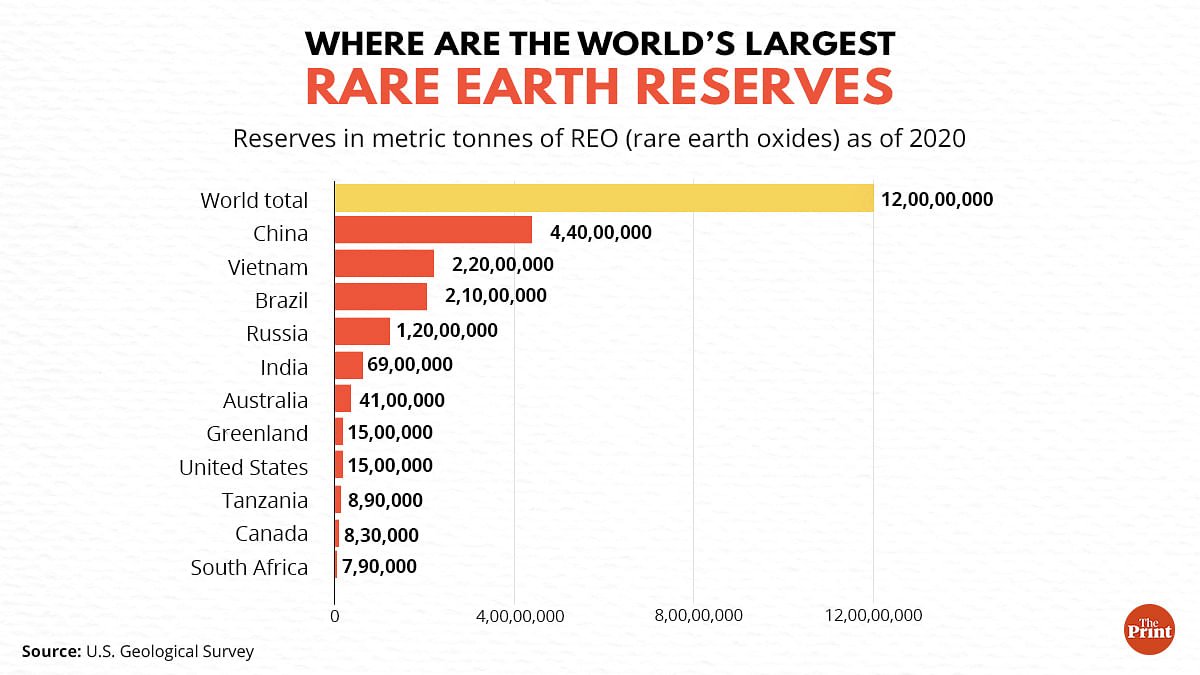
Tornado
Subscribers of "Current Affairs" course can Download Daily Current Affairs in PDF/DOC
Subscribe to Never Miss an Important Update! Assured Discounts on New Products!
Must Join PMF IAS Telegram Channel & PMF IAS History Telegram Channel
- Context (DTE): On March 31, 2024, a devastating tornado struck the Mainaguri area of Jalpaiguri district in West Bengal.
- The tornado lasted for about 10 minutes, resulting in five fatalities and over a hundred injuries.
Tornado Activity in India
- Tornadoes are rare in India but are mostly reported in eastern states like West Bengal, Odisha, and Jharkhand during the pre-monsoon period. However, evidence suggests that tornadoes have also formed in northwest India.
- A research paper by scientists from the India Meteorological Department (IMD) in 2016 documented various tornado records in eastern India.
- The paper reported the highest number of tornadoes in Bengal, with significant fatalities.
- Tornado activity was also recorded in northwest India, indicating a potential increase in frequency in later years.
- India has witnessed a rise in tornado occurrences in recent years, leading to significant destruction.
- Factors such as the warming Bay of Bengal and anomalous wind patterns are believed to contribute to the formation of tornadoes.
How are Tornadoes formed?

Understanding Tornadoes
- A tornado is a violently rotating column of air that extends from a thunderstorm to the ground.
- Tornadoes can have wind speeds ranging from 105 to 322 kilometres per hour.
- Cyclonic circulations and troughs are contributing factors to tornado formation.
- Tornadoes can be either stationary or move at speeds of around 97 km/h.
- Tornadoes are most common in countries like the United States, Argentina, and Bangladesh.
Monitoring
- In the US, tornadoes are monitored by meteorologists at NWS using satellite and radar data.
- India lacks official tornado monitoring, although IMD mentioned the recent West Bengal tornado in a press release.




![PMF IAS Environment for UPSC 2022-23 [paperback] PMF IAS [Nov 30, 2021]…](https://pmfias.b-cdn.net/wp-content/uploads/2024/04/pmfiasenvironmentforupsc2022-23paperbackpmfiasnov302021.jpg)













